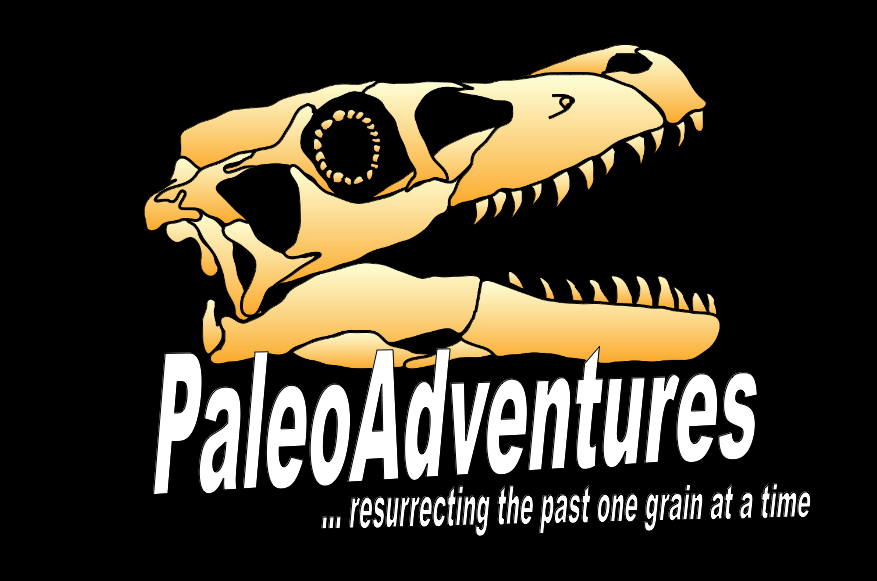2007 in Review
Our third season was long, busy, and full of exciting discoveries. Our biggest find of the summer was a very rare (1 of 15 specimens in the world), 15 -20 foot long, Polycotylid Plesiosaur from the Greenhorn Formation of Butte County, SD. Most people generally think of the Loch Ness Monster when you mention the word plesiosaur, but our critter, nicknamed "Doc" died over 90 million years ago and had a much shorter neck and longer skull than what most people envision for this animal group.
To date, we have collected over 250 bones (35%-40%) from this specimen, consisting of the entire pelvic girdle, portions of the pectorals (highly weathered), at least three paddles (with rare articulation down to the very tip on two), and fragmentary ribs and vertebrae. Unfortunately, we have not found any bones from the skull to date so exact diagnosis is not possible at this time. Tentatively, we have assigned the specimen to Trinacromerum bentonianum, however that might change as preparation and excavation continues. Most Trinacromerum specimens have been found in Kansas. Our specimen appears to represent the first reported Trinacromerum from South Dakota. A close relative of Trinacromerum is the recently described Pahasapasaurus found a mere 10 miles south near Fruitdale, SD, from an older rock formation. Another close relative would be Dolichorychops, which will take the starring role in an upcoming IMAX movie this fall. Trinacromerum and the other polycotylids ate fish and looked like a penguin crossed with a large reptile.
As always, our exploits in the Hell Creek Formation have yielded fossils. We can add two more bone beds; ENS (Enigma Site) and TD (Tooth Draw). Tooth Draw, was discovered by one of our great land owners, and appears to have a tremendous ammount of potential. The bone bed, consists of over two meters of channel lag conclomerates and sandstones, each of which contains hundreds of small to large fossil bones and teeth (hence the name). Many shed T. rex teeth, Raptor Teeth, Triceratops Teeth, Edmontosaurus and Crocodile teeth have been recovered. Larger bones range from numberous water worn chunks (showing high velocity stream transport) to isolated Triceratops and Duckbill pieces and parts, to potential associated skeletons. In September we began to recover several Thecelosaurus bones that may be from the same animal. Interestingly, we have recovered several more from what appears to be a juvenile Triceratops. We will keep you posted on our progress.
Our other finds include a potential duckbill skeleton, potential Triceratops skeleton and a site we call CS or "cliff site", where Struthiomimumus material has been found eroding out. CS however is going to be a problem since it is about 300 feet in the air with a 75-80 degree slope (I'm not found of heights! LOL!) and another 50 feet of overburden! EEK!
I have also begun work on a new book, called the "Top 256 Rules of Paleontology" that if all goes well should be ready by next summer.
BUSY BUSY BUSY! Thanks for stopping by and keep checking in on our progress.

